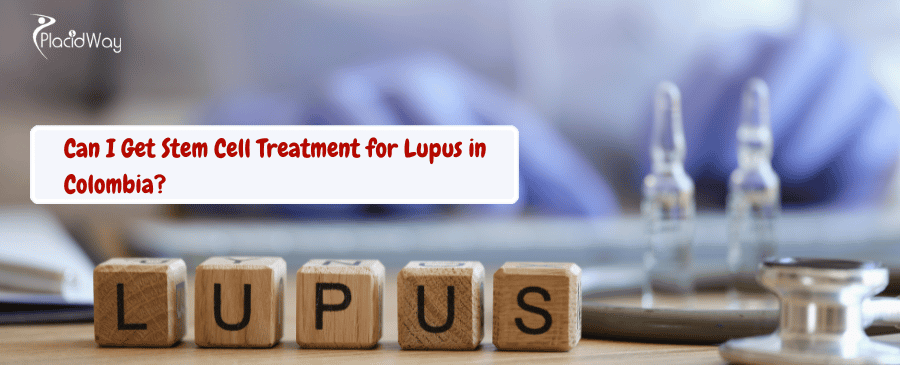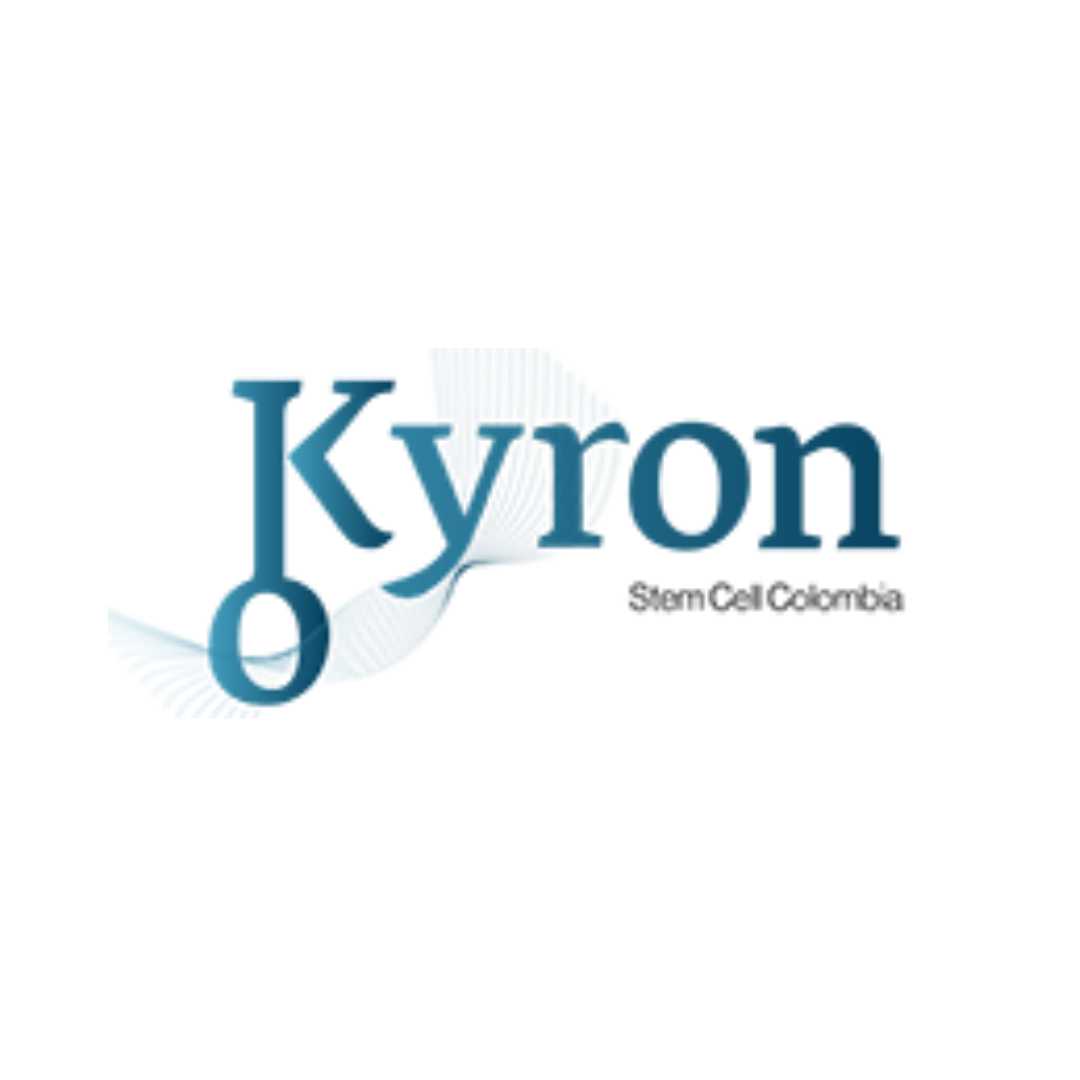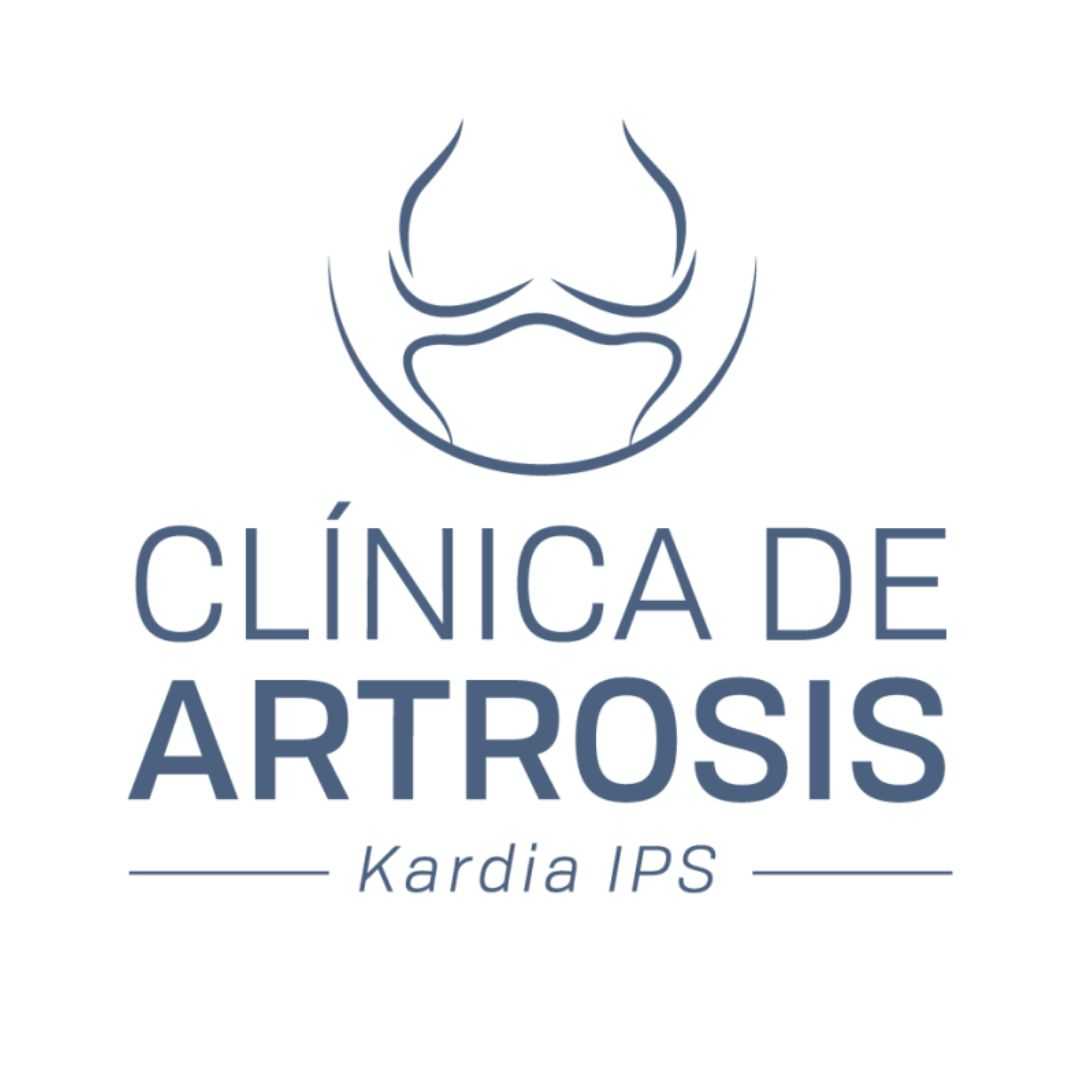Stem Cell Therapy for Lupus: Is Colombia the Right Destination for You?
Living with lupus can be a challenging journey, and for many, traditional treatments offer limited relief. As a result, an increasing number of people are exploring alternative therapies, and a significant portion of this research leads them to international destinations. One of the most sought-after and promising options is stem cell therapy, and Colombia has gained recognition as a leading destination for this innovative treatment. If you are a patient looking for options outside your home country, especially for a condition as complex as lupus, you're likely to have a lot of questions. From the science behind the treatment to the practicalities of travel, cost, and safety, understanding the full picture is essential.
This guide is designed to answer all your pressing questions about getting stem cell treatment for lupus in Colombia. We'll dive into what the treatment entails, the factors that make Colombia a popular choice, the costs involved, and what you need to consider before making a decision. Our goal is to provide you with the detailed, accurate information you need to make an informed choice about your health. We understand the importance of finding a treatment that can truly make a difference, and we're here to help you navigate this path.
Is stem cell treatment for lupus available in Colombia?
Stem cell therapy for systemic lupus erythematosus (SLE) is a treatment offered by many clinics across Colombia. The country has a growing medical tourism industry that specializes in regenerative medicine. Unlike some countries where stem cell therapy is heavily restricted, Colombia's regulatory framework allows for clinics to perform these procedures, especially for conditions where conventional treatments have not been fully effective. The treatments often use mesenchymal stem cells (MSCs), which are known for their immunomodulatory properties. These cells can help to reduce the overactive immune response characteristic of lupus and promote tissue repair.
Clinics in cities like Bogotá, Medellín, and Cali have established themselves as centers for this kind of therapy. They often work with international patients, providing services that include consultations, treatment plans, and post-treatment care. The availability of these therapies is one of the main reasons patients from North America and other parts of the world consider Colombia as a destination for their treatment.
What is the cost of stem cell therapy for lupus in Colombia?
The cost of stem cell treatment for lupus can vary depending on several factors, including the clinic's reputation, the type and number of stem cells used, and the complexity of the patient's condition. However, a major advantage of getting treatment in Colombia is the affordability. The same procedure that might cost tens of thousands of dollars in the U.S. can be obtained for a fraction of that price in Colombia. This is due to lower operational costs, including labor and facility expenses.
The price for a comprehensive stem cell therapy package for lupus in Colombia typically includes a range of services. This can make the total cost more manageable for international patients. Here is a breakdown of what a package might cover:
- Initial consultation and medical evaluation
- Stem cell harvesting and processing
- The stem cell administration procedure
- Follow-up care and monitoring
It's important to get a detailed quote from any clinic you consider, as some costs like travel and accommodation may not be included in the treatment price.
Are stem cell treatments in Colombia safe for lupus patients?
The safety of stem cell therapy in any country is a primary concern for patients. In Colombia, the National Institute of Food and Drug Surveillance (INVIMA) oversees the regulation of medical procedures, including regenerative medicine. Many clinics that cater to international patients are accredited by global organizations and adhere to high standards of care. They use ethically sourced stem cells, often from umbilical cord tissue or the patient's own body (autologous), and have rigorous quality control measures in place to ensure the cells are viable and free of contaminants.
While no medical procedure is without risk, the potential side effects of stem cell therapy for lupus are typically minimal and may include short-term reactions like fever or fatigue. Serious complications are rare in accredited clinics that follow established protocols. Patients should always do thorough research on the clinic and the doctors' credentials to ensure they are choosing a safe and reliable option. Reading patient testimonials and verifying accreditations can provide peace of mind.
What types of stem cells are used for lupus treatment in Colombia?
Mesenchymal stem cells (MSCs) are the preferred choice for treating autoimmune diseases like lupus. These cells are not only "immunologically privileged," meaning they are less likely to be rejected by the body, but they also have powerful anti-inflammatory and immunomodulatory properties. This makes them ideal for a condition like lupus, where the immune system is overactive and causes widespread inflammation.
Clinics in Colombia may use different sources for MSCs:
- Umbilical Cord-Derived Stem Cells: These are allogeneic stem cells, meaning they come from a donor. They are a popular choice because they are young and highly potent. Umbilical cords are often sourced from consenting donors after a full-term, healthy delivery.
- Adipose (Fat) Tissue-Derived Stem Cells: These are autologous stem cells, meaning they are taken from the patient's own body through a mini-liposuction procedure. They are a good option as they are readily available and eliminate the risk of rejection.
- Bone Marrow-Derived Stem Cells: These are also autologous stem cells taken from the patient's bone marrow, typically from the hip bone. They have been used for a long time in regenerative medicine and are known for their regenerative properties.
The choice of stem cell source depends on the patient's specific condition and the clinic's protocol.
How long does the stem cell treatment process for lupus take in Colombia?
The duration of the treatment depends on the specific protocol designed for the patient. Generally, a single treatment session can be completed in a few hours, but the overall trip requires more time. The process typically includes:
- Consultation and Diagnostics: Upon arrival, the patient undergoes a thorough medical evaluation, including blood tests and other diagnostics, to confirm the treatment plan.
- Stem Cell Harvesting and Preparation: If autologous cells are used, the harvesting procedure (e.g., mini-liposuction) takes place. The cells are then processed in a lab to concentrate them. This step can take a day or two.
- Stem Cell Administration: The prepared stem cells are administered, usually through an intravenous (IV) infusion or a localized injection, depending on the patient's needs.
- Post-Treatment Monitoring: The patient is monitored for a day or two after the procedure to ensure there are no immediate adverse reactions.
Most clinics recommend that patients stay in the country for at least 3 to 7 days to complete the treatment and have a brief recovery period before flying home. The full effects of the treatment may become apparent over several months as the stem cells work to modulate the immune system and repair damaged tissue.
What should I look for in a Colombian stem cell clinic for lupus?
Choosing the right clinic is the most important step in your medical journey. A reputable clinic will be transparent about its processes and have a strong track record of safety and success. Here are the key factors to consider:
- Accreditation and Regulation: Check if the clinic is accredited by international organizations or recognized by Colombia's health authorities. This ensures they meet high standards of care and ethical practices.
- Medical Team Expertise: The doctors and specialists should have specific experience in regenerative medicine and treating autoimmune diseases like lupus. Ask about their qualifications, certifications, and how long they have been performing these procedures.
- Stem Cell Sourcing and Protocols: Inquire about where they get their stem cells and the specific protocols they follow. A good clinic will be able to explain the entire process, from harvesting to administration, in detail.
- Patient Reviews and Outcomes: Look for verifiable patient testimonials and, if available, data on patient outcomes. While success rates can vary, a clinic with a history of positive results and satisfied patients is a good sign.
- Pre- and Post-Treatment Care: A good clinic offers a comprehensive package that includes a thorough pre-treatment assessment and a clear plan for post-treatment monitoring and follow-up.
Making a well-researched choice can significantly improve your chances of a positive outcome.
What are the expected outcomes of stem cell therapy for lupus?
Stem cell therapy for lupus is not a cure, but it is a promising treatment that can significantly improve a patient's quality of life. The primary goal of the treatment is to address the underlying cause of lupus—the overactive immune system. By modulating the immune response, stem cells can help to reduce the severity of symptoms and prevent further organ damage. Here are some of the potential outcomes:
- Symptom Reduction: Many patients report a decrease in common lupus symptoms, such as chronic pain, joint stiffness, and skin lesions.
- Improved Organ Function: For patients with lupus-related organ damage, such as in the kidneys, stem cells can help promote tissue repair and potentially improve organ function.
- Reduced Need for Medications: Some patients may be able to reduce their reliance on conventional medications, such as corticosteroids and immunosuppressants, which often come with significant side effects.
- Enhanced Quality of Life: By alleviating symptoms, the treatment can lead to increased energy, better mobility, and an overall improvement in a patient's daily life.
It is important to have realistic expectations and understand that individual results can vary based on the severity of the condition and other health factors.
How do I prepare for stem cell treatment in Colombia?
Proper preparation is key to a smooth and successful experience. Here is a checklist of steps you should take:
- Medical Records: Compile all your relevant medical history, including diagnostic reports, previous treatment summaries, and a list of all current medications. This will help the clinic's medical team create a personalized treatment plan.
- Communication with the Clinic: Establish a clear line of communication with the clinic's patient coordinator. Ask all your questions about the procedure, the expected timeline, and any pre-treatment requirements, such as dietary changes or temporary cessation of certain medications.
- Travel Arrangements: Book your flights and accommodation. Many clinics offer assistance with travel logistics, so it is a good idea to inquire about their services.
- Financial Planning: Confirm all costs, including the treatment fee, travel, and living expenses. Be prepared for any unexpected costs that may arise.
- Visa and Documents: Check the visa requirements for your country and ensure you have all necessary travel documents, including a valid passport.
By taking these steps, you can ensure you are fully prepared and minimize any stress associated with traveling for a medical procedure.
For more information on medical tourism and to find accredited clinics and specialists offering stem cell treatments for lupus, consider exploring resources on PlacidWay.



.png)






.png)
.png)






Share this listing